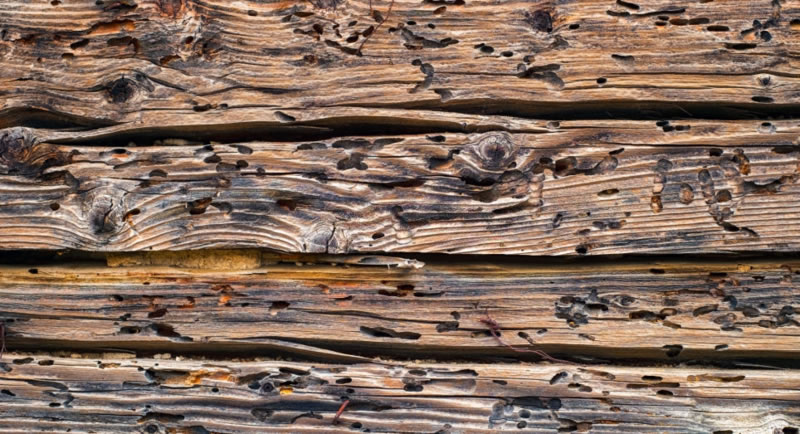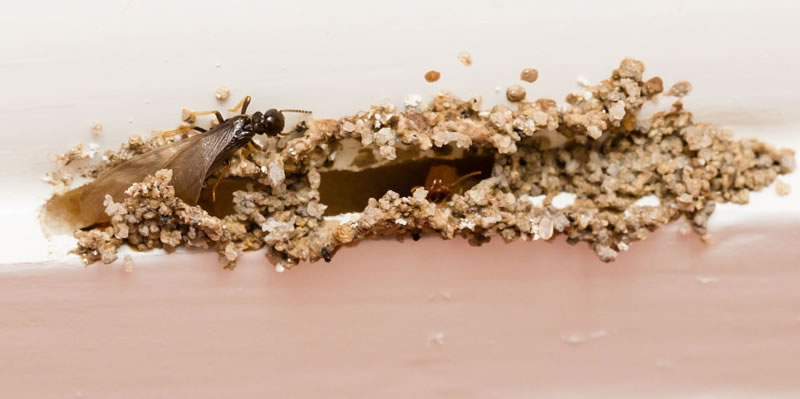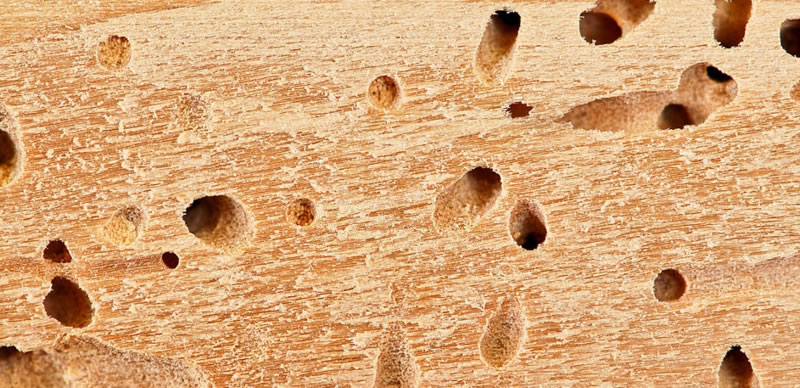What Is A Physical Termite Barrier?
Physical Termite Barriers
Many people don’t want to use chemicals around their homes, even chemicals that are safe for their pets and family. This is understandable and worthy of respect. In other cases, chemical treatments might not be practical. This could be due to the house’s build or the property’s placement. It might also be that geographical issues prevent chemical barriers from being an option. In these cases, a physical termite barrier will keep subterranean termites away from the house.
If not completely deterred, a physical barrier will force the burrowing termites to expose themselves above the soil. Thus, enabling your pest control service to exterminate them quickly and effectively. Before they can colonise and cause destruction.
Here are some of the most common physical termite barrier to safeguard a home against termites:
Termite Barrier: Sheets
The most modern termite barriers which are chemical-free are the termite barrier sheets. We place a sheet beneath the concrete slab of the building. They work in a similar way to moisture layers. The idea is to prevent the termites from accessing the building from under the ground.
Buildings often develop tiny hairline cracks as a result of changing temperatures and minor movement. These termite sheets will ensure that your building’s integrity is safe. Being chemical-free, this barrier method is ideal if you are in the building phase. It is especially helpful for those building on a slope.
Termite Barrier: Membranes
Termite membranes form part of the building process. We install them during the construction phase. They’re very useful and multi-purposed. Not only do they keep insects from entering the building, but they also keep moisture out.
They essentially seal the parts of the building against water, vapour and insects like termites. This is great for termite control. The membranes are elastomeric sealants which applied to the concrete. They ensure that no hairline cracks or aging of the building will affect its integrity. This is a great preventative option to consider during the building phase.
Termite Barrier: Sealants
Termite membranes are an example of sealant barriers. The idea is to prevent termites from gaining access to the building. There are different types of sealants. Some, we apply around plumbing while others go into the foundation.
The reason they’re so effective? They facilitate movement in the building structure. This prevents cracks and crevices which invite termites in. They also prevent moisture from penetrating the house, this often attracts termites. Sealants keep external elements outdoors and internal elements safely sealed away.
Termite Barrier: Stainless Steel Screens
Stainless steel screens were first developed in Australia in the 1990s. They prevent a number of pests from accessing a house and have proven so effective, many other countries, like the USA, now use them, too. At first, people covered their windows and doors with these screens only.
Then it became recognised that they are useful in other ways too. They can prevent termites and insects from gaining entry through subterranean entryways, too. In fact, these screens are so effective that they have become part of the building regulations. Builders must include them around vents, plumbing, weep holes, and soffits. For termites, the aperture gaps must be less than 0.05 cm in size.
Termite Barrier: Particle Barriers
In Australia, we typically use granite for particle barriers. Around the world, there are different substrates available. As such, the efficacy of this termite barrier shows varied results. We install the particle barrier around 10 centimetres under the ground.
The barrier itself is usually around 12 centimetres thick. Once the foundations are in and the concrete elements dry, the particle barrier is ready for installation. The idea is to prevent termites from accessing areas of a building that are potentially vulnerable as entry points for termites.
When A Physical Barrier Is The Best Option
A physical termite barrier is a low-maintenance termite preventative measure. There is no need to maintain ongoing costs and inspections. Chemical barriers require regular chemical top-ups, especially during the rainy seasons.
A physical termite barrier will offer a long term solution while it enables you to identify termites sooner. When termites are unable to penetrate the building from under the ground, they will surface. This means that you might still see termites around your property. It does not indicate an infestation. We are able to then look at a baiting station or we can simply exterminate the termites on sight.
A physical termite barrier is not always the best option for your property. We highly recommend a thorough property evaluation by a skilled pest controller prior to any treatments. The visit to your property will entail a comprehensive inspection.
We have to establish the type of termites on your property. We also have to know how prevalent they are, and where they are. Lastly, we need to see what kind of property you have in order to recommend the best termite treatment.



